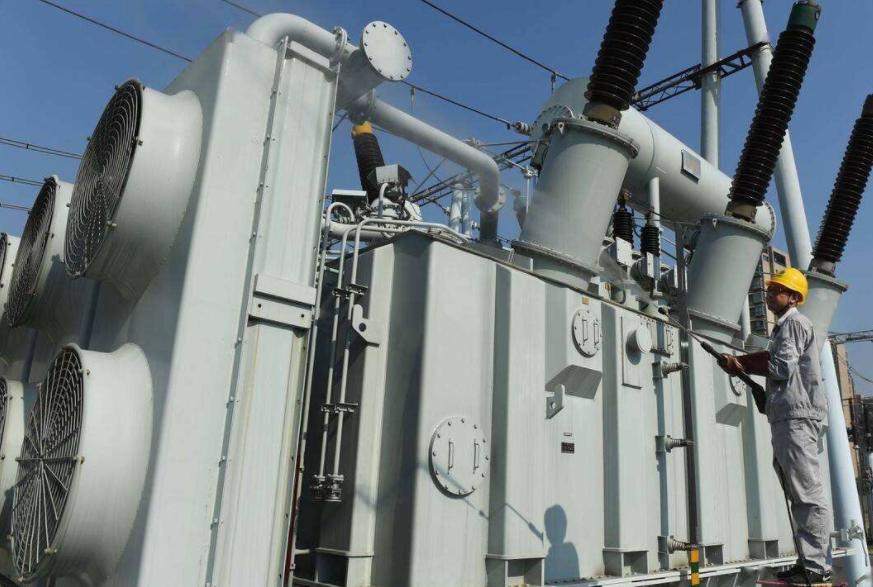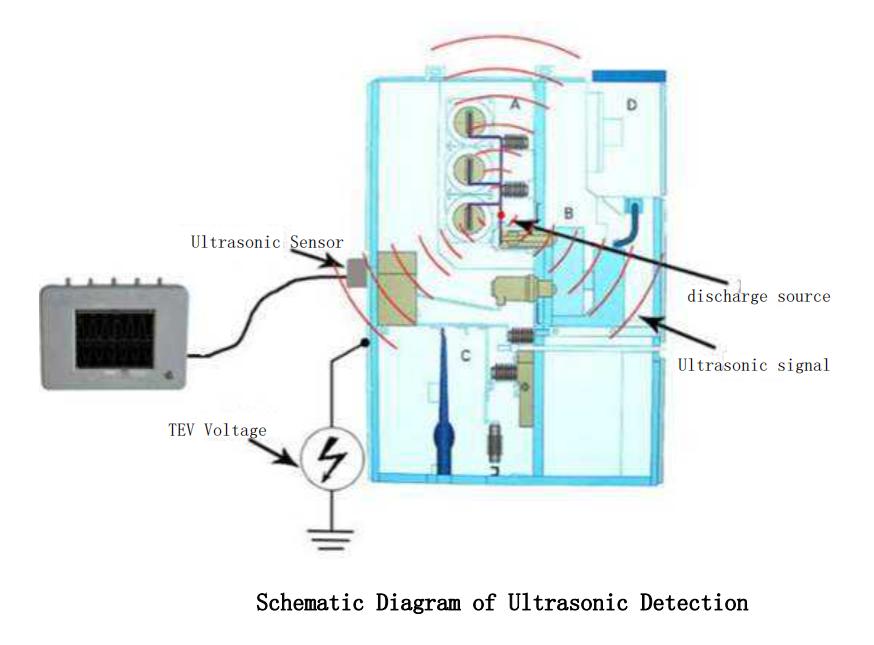I.Cause of Partial Discharge
The transformer insulator, metal body and so on are often with some sharp angle and burr, so the electric charges under the action of electric field intensity will concentrate in the sharp angle or burr position and result in partial discharge.
Epoxy resin insulated dry transformer in vacuum casting, if poor process control will also cause internal bubbles and then generate partial discharge. Generally there are some tiny air gaps in epoxy resin insulator, and usually the dielectric coefficient of bubbles is much lower than the insulator, as a result, the electric field intensity of the bubble in the insulator is much higher than that of the adjacent insulating material, so it is easy to reach the degree of breakthrough and make the bubbles electric discharge firstly.
If the electrical connection between the conductive body is poor, it is easy to produce electric discharge, which is the most serious in the metal suspension potential.
The heavy air humidity, the insulation strength of part of the transformation is not enough, or the transformer insulation is damaged during installation, the idle time of transformer is too long, the water content of insulation material exceeds the standard, and the whole body of transformer is damp, which will also affect the partial discharge.
The filed strength of layers or turns is too high when designing dry transformer insulation structure, such as insulation structure design is unreasonable, low quality insulation material, the level of winding, drying and pouring process are not good, the level of assembly process is poor such as the production of high and low voltage wire lead with burrs or some distance, will all affect the partial discharge to increase.
II.The Hazard of Partial Discharge
There are multiple partial discharge types. One is a form of partial discharge that occurs on an insulating surface. If the energy is large, the discharge trace will be marked on the insulator surface and will affect the service life of the transformer. There is also a high discharge intensity, occurs in the cavitation or sharp electrode, concentrated in a few partial discharge form is corrosive discharge, which can penetrate into the layers and depths of the insulating board, and eventually lead to breakthrough.
Partial discharge is the main cause of insulation aging and breakthrough. The short discharge time will not cause the dielectric damage of the whole channel, and the electrolytic action of the discharge accelerates the oxidation of insulation, and corrodes insulation, so the life of the transformer is reduced. The damage degree depends on the performance of discharge and the damage mechanism of insulation under discharge. If the partial discharge of dry transformer seriously exceeds its standard level, its service life in 3~5 years internal insulation aging and breakthrough will occur. So partial discharge of dry transformer should be strictly controlled in China.
III.Dry Transformer Partial Discharge Control
Dry transformer main insulation material is epoxy resin material, safe and reliable, in the power system below 35kV products have been widely used. There are many factors affecting partial discharge of dry transformer, among which the main factors are the choice of raw materials, product structure design, winding casting process and so on. In view of our company long-term design adjustment, process improvement, material selection and production practice put forward the following control measures.
1.Winding Structure Design
(1) The main insulation distance, in the design of the transformer winding, should ensure the high and low voltage coil, between the high voltage coil, the high voltage coil to the ground have enough insulation distance, under the allowable condition, the greater the insulation distance, the greater the distance the field strength is smaller. The wall insulation in HV coil can be appropriately increased to effectively reduce the external field strength.
(2) Design of high voltage coil between layers and sections, which is control of the coil field strength, and if the HV winding is used copper foil with subsection, interlayer voltage equals interturn voltage, generally only for 10 to 20 v, sectional between layers of the structure of the electromagnetic wire voltage is 400 ~ 800v, section number should be more, such as 35kv dry-type transformer desirable section number more than 16~18 pieces, Of course, it brings a lot of trouble to the winder process.
(3) shielding control, adopt effective shielding, cutting edges, burrs and air gap can be packed within the shield, which can effectively eliminate electric discharge of crack tip, and reduce partial discharge. HV shield and HV wire end, LV and clamp should be reliable connection, shielding processing should keep cleaning, shield layers should be smooth, without broken and tip, etc.
2.Coil winding, Molding and Vacuum Pouring Process Control
Dry transformer coil is the most critical, transformer use is good or not coil failure. The effect of vacuum pouring is also very important to the local release, even small pores affect the local release of the transformer, so the production and casting process of the coil must be strictly controlled.
(1) when winding the coil, we must be familiar with the drawings and process, and can not arbitrarily change the number of turns between layers and the number of insulating sheets between layers! Make sure all materials are clean when winding.
(2) When installing mold lead terminal welding, pay attention to high temperature damage coil insulation, welded wire must be polished sharp corner burr, etc. Ensure that all leads are insulated at a sufficient distance to be filled with epoxy resin and clean throughout the assembly process. The installed die coil is dried strictly in accordance with the drying process.
(3) epoxy resin ingredients and degassing, batching process should strictly abide by the code technology, such as material, mixing ratio, temperature and degassing time, the viscosity of the degree should closely track the respective, vacuum degree, temperature and bubble phenomenon, mixing, pouring temperature and vacuum degree keeps observation coil (mould) within the scope of temperature control in the specified process, In the pouring process, the speed should not be too fast and produce bubbles. When dynamic pouring, attention should be paid to the time after the ingredients to the completion of pouring to prevent the resin viscosity is too large.
3. Selection and control of raw materials
(1)The selection of electromagnetic wire, can choose enameled wire insulation flat copper or round copper wire design winding; Electromagnetic wire suppliers in production, must have special deburring equipment and detection devices, and strive to reduce burrs to the minimum.
(2) the choice of epoxy resin materials, different epoxy resin, its characteristics are different, the local release of the product, the comprehensive performance of the impact is also great, should choose small viscosity, good toughness, high insulation strength of the resin, the different resin model, the technical department to develop the corresponding process specifications.
(3)insulation material control in the coil, the quality of insulation material between the layers of dry transformer is directly related to the size of the local amount. Therefore, long-term and stable suppliers should be selected to provide raw materials, because after changing the new material, the transformer can not find any problems in the short term.
(To be continued)
Post time: Feb-14-2022
 +8613505407298
+8613505407298 trihope@aliyun.com
trihope@aliyun.com





